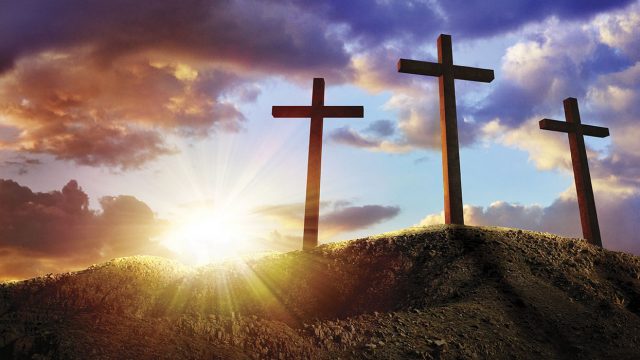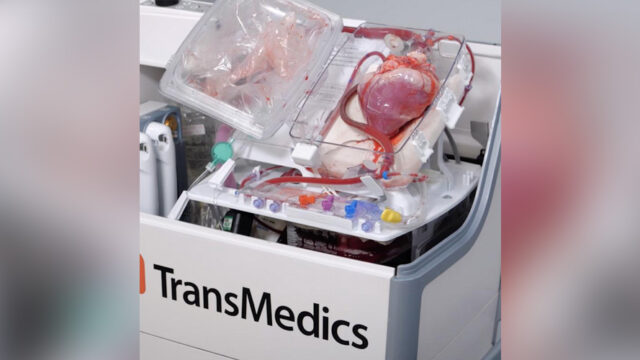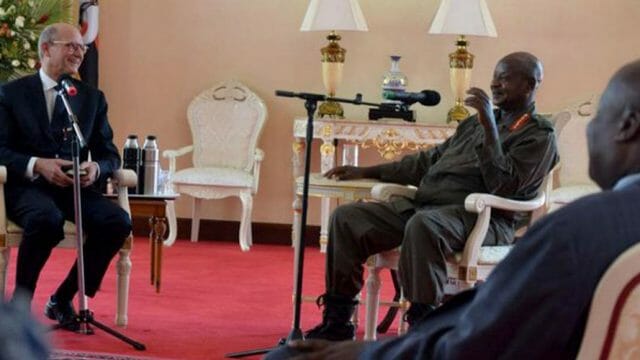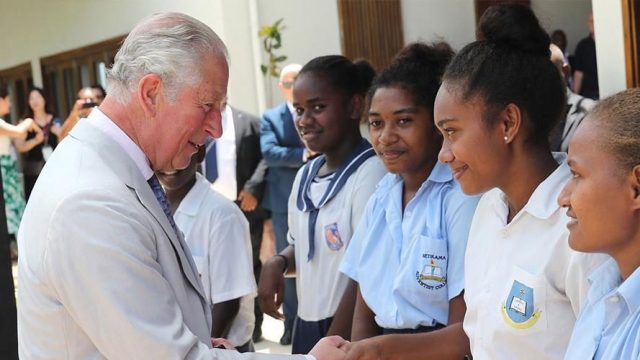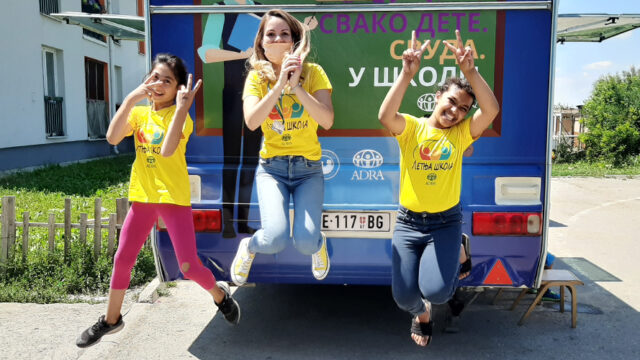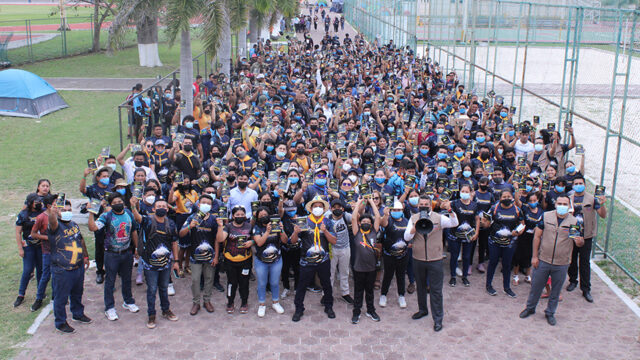No matter the outcome, we are called to be brave.
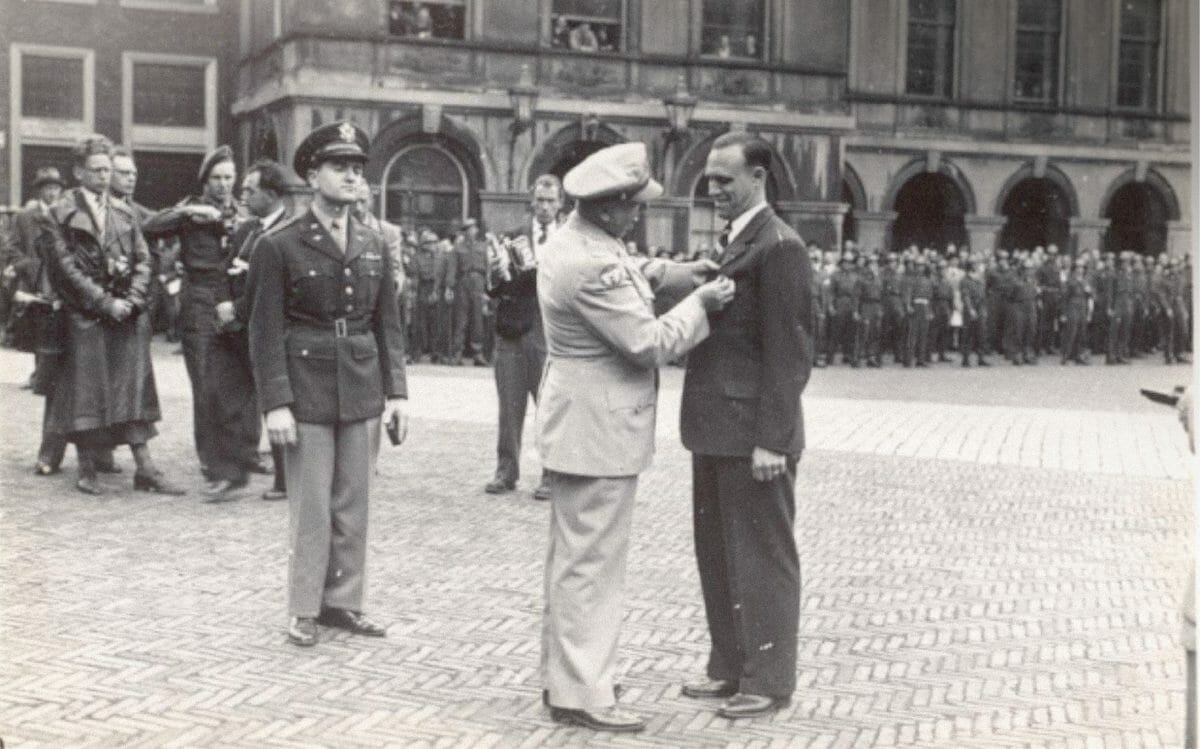
There are two parts to this story. One has a happy ending, and the other does not. However, both sides of this story share one common denominator: to show courage in the face of horrific outcomes—even death—is what God calls us to do. Should He call us, He never leaves us to face anything alone.
A Marked Man
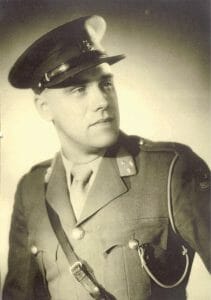
John Henry Weidner was born to a Dutch Adventist family in Belgium in 1912. Weidner’s father was a pastor who taught Greek and Hebrew at what is now Salève Adventist University in Collonges-sous-Salève, France, just across the Swiss border from Geneva. As a boy Weidner spent a great deal of time climbing the mountains around the picturesque campus, learning the ins and outs of the terrain and its border with Switzerland. Unknown to him at the time, he was gleaning precious skills that would mean everything to the work he would undertake in later years.
After completing one part of his studies in Collonges-sous-Salève, he pursued business and law in Geneva and Paris. Weidner eventually got into the textile industry, becoming quite successful, at first in Paris, then branching out to other cities in France.
By June 1940 citizens of Paris were fleeing the city ahead of the approaching German army. The church’s Franco-Belgian Union Conference was based in the French capital, where Weidner’s younger sister, Gabrielle, worked as secretary to the union conference president. The union conference offices had to shift operations to the south of France, and Weidner assisted in that relocation. At that time, he was working out of Lyon, and it was there that he soon became involved in an underground resistance organization called Dutch-Paris. This network consisted of more than 300 “agents” who operated an underground escape line from the Netherlands through Belgium and France into neutral Switzerland (using the border crossing near Collonges-sous-Salève) or through Andorra to Spain using a more dangerous route via the Pyrenees Mountains. This group ended up helping 800 Jews, 100 downed Allied aviators, and others to escape certain death under the Nazi regime.
“When the war started, I thought as a human being, Well, that’s the question: how to help people. I thought I had a way to help them. If a Jewish person could reach Switzerland or Spain, he was safe. Those countries were neutral. The big question was how to reach Switzerland from Holland. Everywhere there were the Gestapo, the SS, the soldiers of Hitler. The borders were closed. The border between France and Switzerland was heavily guarded, because the Nazis knew that Jewish people tried to reach Switzerland. But I knew the border between Collonges-sous-Salève, France, and Switzerland from my days at that college,” Weidner said.1
This was an extremely dangerous undertaking, and before long he caught the Nazis’ attention, landing himself on top of the Gestapo’s most-wanted list. Weidner was actually arrested and tortured on three separate occasions, and was said to have been interrogated by the infamous Klaus Barbie—known as the Butcher of Lyon. Remarkably, he always escaped death, sometimes with help, but always under harrowing circumstances.
Eventually, for reasons still unknown, a fellow Dutch-Paris operative betrayed them all when she was arrested and tortured, divulging the names and numbers of nearly 150 members of the network. As a result many were sent to concentration camps and never seen again. Weidner amazingly remained untouched.
After the war ended, he worked for the Dutch government for a time, helping to track down Nazi collaborators. But by the 1950s Weidner decided to make a fresh start in America, finding a wonderful Adventist partner in his wife, Naomi. He started a second career—opening a chain of successful health food stores in southern California known as Weidner Natural Foods. He was active in his community and local church.
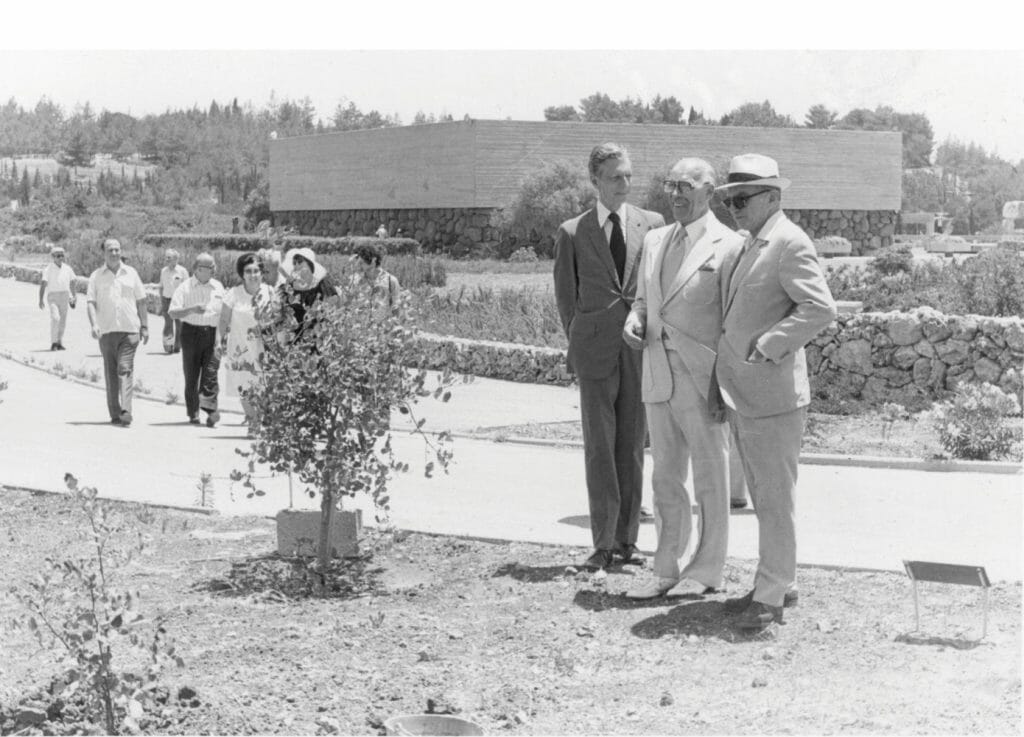
Weidner’s wartime efforts did not go unrecognized, though he preferred to be quiet about his life in Europe. For his courage he was awarded the United States Medal of Freedom, was made a member of the Order of the British Empire, the Dutch Order of Orange-Nassau, and was given the Dutch Medal of Resistance. France presented him with the Croix de Guerre and Médaille de la Resistance, and the Légion d’honneur. Belgium made him an officer of the Order of King Leopold, and Israel honored him as one of the Righteous Among the Nations in Yad Vashem, the country’s national Holocaust memorial. When the United States Holocaust Memorial Museum was opened in Washington, D.C., in 1993, he was one of seven persons selected to light candles recognizing rescuers.
Weidner once said: “During our lives each of us faces a choice: to think only about yourself, to get as much as you can for yourself, or to think about others, to serve, to be helpful for those who are in need. I believe that it is very important to develop your brains, your knowledge, but it is more important to develop your heart, to have a heart open to the suffering of others. As for myself, I am just an ordinary person, just someone who wants to help his neighbor. That is the aim of God for me: to think about others, to be unselfish. I am nothing exceptional. If I have one hero, it is God, who has helped me to fulfill my mission, to fulfill my duties, to do what I have to do.”2
John Weidner passed to his rest in 1994 in southern California—a life courageously lived in service to His Creator.
Steadfast to the End
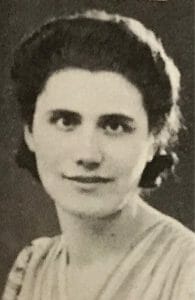
When the Dutch-Paris operative gave up the names of 150 individuals, one name in particular meant a great deal to John Weidner—that of his sister, Gabrielle.
Remembered by those who knew her as a gentle person with beautiful eyes and a sweet nature about her, Gabrielle lived and worked in Paris during much of the time her brother was spiriting people to safety across the borders, evading capture, and escaping jail cells when he was apprehended. Doted on by her elder brother when they were children, it is not known exactly how she was involved in Dutch-Paris. But whatever she knew about her brother’s activities was a carefully guarded secret that she never betrayed.
On the last Sabbath of February 1944, the Gestapo arrested Gabrielle from morning services at the Paris Seventh-day Adventist Church. They first took her back to her apartment, which was in the same building as the union conference and conference headquarters. She was allowed to quickly gather a few personal items before being taken to Fresnes Prison, in the outskirts of the French capital. She remained there until August 1944, despite all efforts made to secure her release. The Allies were only 37 miles from Paris by mid-August, but before they could enter the city to liberate it, Gabrielle was put on one of the last transports from Paris to the death camps. She arrived at the infamous Ravensbrück camp in northern Germany August 21, 1944. The Allies liberated Paris August 25, 1944.
From Ravensbrück Gabrielle, along with other French captives with similar classifications—her camp-issued personal card identified her as a political prisoner—was transferred to Torgau, a subcamp of Buchenwald where she was a forced laborer—a slave. In Torgau women were used for bomb and grenade production. Gabrielle’s health, which was never robust, deteriorated quickly. By October she was sent back to Ravensbrück, and then to its subcamp, Königsberg. Records made available through the United States Holocaust Museum confirm she arrived there October 29, 1944.
Königsberg was a camp designed for one purpose only—extermination. As one would expect, conditions were deplorable. Women slept on wooden bunks with paper-filled sacks for mattresses. There was hardly any food, and they were dressed in rags against the cold. Anyone too sick to work was sent to the infirmary, and this is where Gabrielle spent the duration of her days.
Madeleine Billot was a friend of John Weidner. She, too, was deported to Ravensbrück and came to know Gabrielle there. Billot survived, and after the war was able to tell John of his sister’s witness in the camp. “All the time Gabrielle gave a wonderful testimony of her faith in God,” she said. “She was in the infirmary at Königsberg, and even there she was always encouraging the others.”3
By February 1945 liberation was imminent. Women who were able to move were led on a death march by the SS. Those too weak—as Gabrielle was—were left to die. As they did in many of the death camps in the last moments of the war, the SS set the barracks and infirmary on fire. Miraculously, Gabrielle was pulled from the flames at the very last moment. The camp was liberated February 5, 1945.
But it was too late.
Though some records state her death as having occurred February 15, 1945, a published document containing listings of all Ravensbrück prisoners states her death took place February 6.4 The actual cause of Gabrielle’s death was never recorded.
Her brother John tried to find her final resting place after the war, utilizing the Netherlands Tracing Mission in the effort, but nothing was ever found. Only the Lord knows where Gabrielle Weidner rests awaiting the resurrection.
Courage Personified
The stories of the Weidner siblings had dramatically different endings. Both were raised to follow the example of Jesus, and that clearly influenced their response to the world and the difficult and horrific situations each faced. Their stories still serve as examples to each of us that even when confronted with the worst of circumstances, we can act from a place of courage and walk hand in hand with our Saviour, knowing that the One who calls us never forgets us.
1 Kristen Renwick Monroe, The Hand of Compassion: Portraits of Moral Choice During the Holocaust (Princeton University Press, 2004), pp. 102, 103.
2 Carol Rittner and Sondra Myers, eds., The Courage to Care (New York: New York University Press, 1986), p. 65.
3 Herbert Ford, Flee the Captor (Hagerstown, Md.: Review and Herald Pub. Assn., 1994), pp. 352, 353.
4 Gedenkbuch für die Opfer des Konzentrationslagers Ravensbrück 1939-1945,edited by the Mahn- und Gedenkstätte Ravensbrück/Projekt Gedenkbuch, scientific leadership by Bärbel Schindler-Saefkow, in conjunction with Monika Schnell (Berlin: Metropol, 2005), p. 655.


